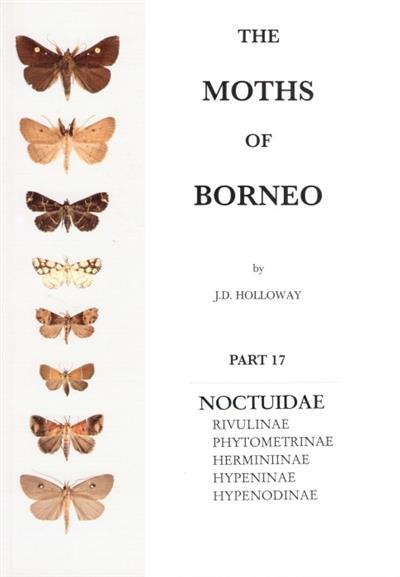Erebids again.
On a side note, I was wondering, under what circumstances would one decide to use aff. or cf. ?
For the longest time I've been using cf. when I have two materials to compare with , whilst I use aff. when there's only a single piece of material that matches closely. Is aff. a term used strictly by authoritarians, or is it also available for laymen's utilisation?
72) Unknown
73) Lutzugia trigonalis
An extension for this species I'm presuming
74) Avatha complens ?
75-77) Ercheia spp
>75 & 76 I'm pretty sure are E. cyllaria
>77 has me swaying towards E. multilinea; rosy fawn and cream reniforms










 Reply With Quote
Reply With Quote


























